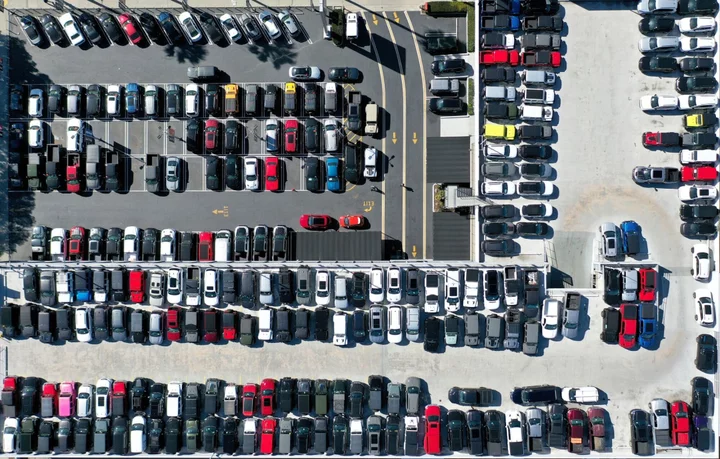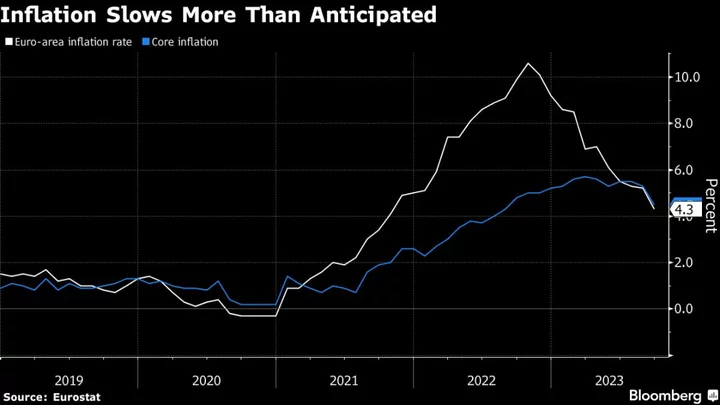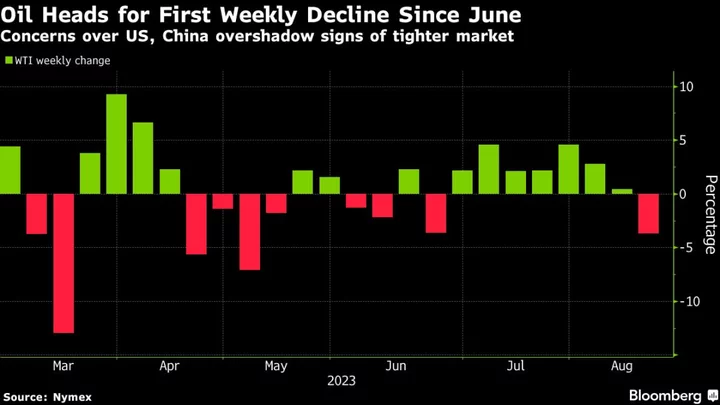Kenya has approved changes to the way it determines the maximum amount of debt the government can hold, as it seeks to improve transparency in the accounting and management of the country’s loans.
President William Ruto signed into law a bill that sets the measure at 55% of gross domestic product, from the previous numerical limit of 10 trillion shillings ($67 billion). The law defines total public debt as all loans and guarantees incurred by the nation and its 47 county governments.
“This mechanism improves debt transparency since public debt is measured relative to the country’s income and ability to pay,” according to a statement from Kenya’s National Assembly.
The East African nation breached the old ceiling at the end of June after liabilities grew 18% year over year, pushing total debt to 10.19 trillion shillings. That lifted the debt-to-GDP ratio to an estimated 70% by October, from 68% a year earlier, according to data from the International Monetary Fund. The fund classifies Kenya’s overall risk of debt distress as high.
The present value of debt stood at 62% of GDP by June, according to data from the central bank, and is projected to fall back to the new 55% target by 2027. The law gives the government five years to bring debt to the prescribed threshold.
In times of extreme or exceptional economic circumstances — which may include natural disasters or certain political events - the government will be allowed to exceed the 55% threshold by not more than five percentage points.
The change comes four years after Kenya introduced the absolute shilling amount as its upper debt limit. The metric was previously changed to a ratio of GDP in 2014, prior to which it had once again been an absolute ceiling.









